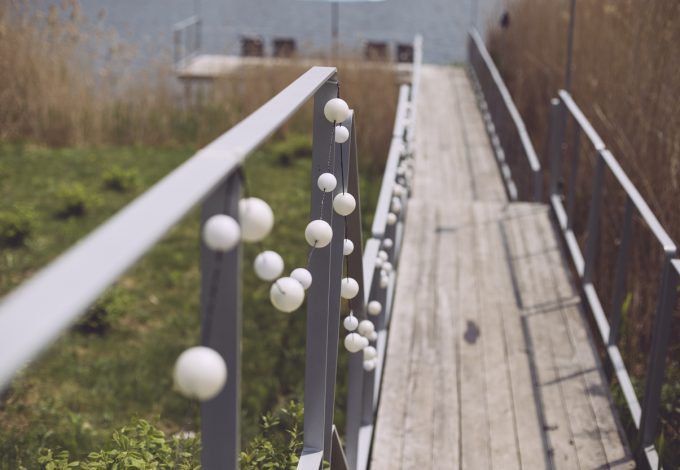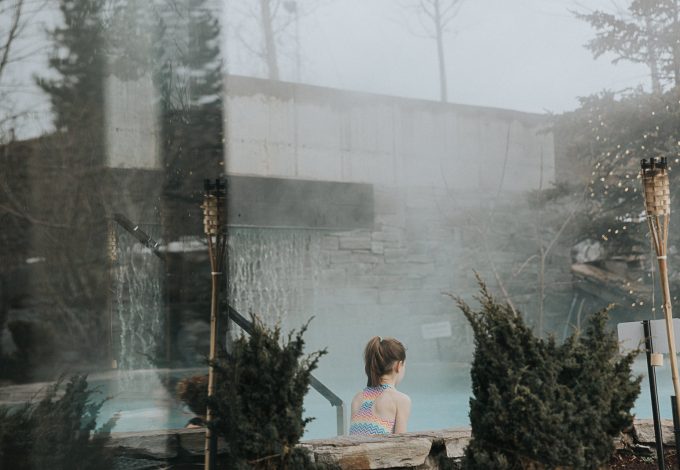I only recently learned what slow parenting is. I was reading books on compassionate parenting, and I realized that the intuitive approach I had adopted with my two children (Sky, five years old, and Flynn, two years old) was in line with slow parenting. This approach involves gently guiding our children in their growth and exploration of the world without rushing them and following the rhythm of their own desires. It also means not overloading their schedules with activities and classes. Just because our adult lives are so busy and stressful, we don’t have to impose this on our children.
It must be said that I have trouble keeping pace with our society. I have always listened to my intuition, as much for the little everyday things, such as meal times (I prefer to listen to my body and own rhythms to meet these needs rather than eating at noon because it’s “time to eat”), as for lifestyle choices. I have adopted this way of doing and thinking with my children too (as far as possible, since my girl is now in kindergarten).
For me, it’s natural. It’s normal. It’s doing what makes me feel better and more in harmony with the present moment, myself and my environment.
Therefore, slow parenting is consciously choosing to stop and simply be with our children. There are always a thousand and one things to do, but they are not all pressing. The dishes can wait. The same goes for emails that need to be sent and the wash. Yes, things end up piling up a bit, and I’m not saying that you have to let everything go. The important thing is to choose to be fully available when our children ask for our attention or presence but also when they don’t expect it: Tell them, “Okay, I’m all yours. Nothing needs to be done right away. YOU are important.”
Letting them be bored is also part of slow parenting. I’m often asked for my opinion about children who demand their parents’ constant attention to be entertained and play, especially at a young age. I think children are too often stimulated by electronic games and videos. In a way, they become addicted and more demanding when they have nothing more exciting to do. In my opinion, young and old must absolutely spend time away from screens without specific activities or occupations. In these moments of boredom, creativity blooms.
From the moment our children come into the world, we are already starting to think about the next steps, the ones that the baby will have to take as the months go by. First, we think about when they will “sleep through the night,” and then about when they will be able to crawl, walk, eat alone, talk and so on. It’s almost as if we wanted them to move on quickly from childhood to adulthood, with the pressure to succeed and go through each step at the “right” time in a normal time frame—if not even faster. We seem to think that going through these steps precociously will ensure success and achievement in life. But what about their happiness? I like to believe that happy children who live without the pressure to excel or perform will have developed the abilities to create their happiness and the life they desire.
To give you a more concrete idea of my version of slow parenting, here are five tips:
-
Stop, watch and listen.
Allow a decent amount of time between learning activities: This will make assimilation and integration easier for your child. At our house, before enrolling our children in classes, we wait to see if they show a real interest in the activity. For example, since she was two years old, it has been clear that my daughter loves to sing and dance. Therefore, we sang and danced with her, read her books about dance, went to see dance shows with her and so on. We also help her create her world with the costumes and tools she needs to set up her own little shows at home. Now that she is five years old, she is asking to take ballet classes. She has explored this discipline on her own and is now confidently asking to continue learning in a more instructive environment.
-
Avoid asking too many questions.
After a new activity, let your children spontaneously express their thoughts. We tend to want to know everything and ask our children about their day or activity. I suggest staying attentive and listening to the tone of their voice and accepting negative comments. If your child never talks about the activity, maybe it’s not for him or her.
-
Take the time to settle down.
Here, I’m talking about us, the parents. Our days go by quickly, and I notice that when I’m constantly running around or just very busy, my children also become more active or restless. The result? More emotional reactions, less patience and simply less harmony. In these moments, it takes a few minutes to settle down. It can be as simple as sitting on the couch, taking three deep breaths, drinking a little water, getting the phone out of our hands and being present. Our mood change will have a soothing effect on our children too; it’s a kind of recalibration for everyone—and then we can get going again with new energy!
-
Explore moments of synchronicity and spontaneity.
For this tip, I’ll go straight to an example. The other day, my boy Flynn and I were cleaning the pool, and we found a little dead mouse in the skimmer. This elicited some questions from my little man that surprised me. He asked me an array of questions about death: “Why isn’t she moving? Will her body work again? She can’t go back home anymore?” It was an opportunity to discuss a delicate subject with him that isn’t always easy to broach with children and to learn together. On his own, he then asked that we go into the forest to warn the mouse’s little brother that she wouldn’t be coming home.
-
Encourage open games.
It’s important to create a space in our children’s lives where there are no right or wrong answers. Games that have no specific purpose encourage children to delve deeper into their imagination and develop their creativity. For example, at our house, most toys have several functions and can be used in multiple ways: magnetic wooden building blocks, baskets of natural items (stones, leaves, pieces of wood, cones), modelling clay, kinetic sand (Kinetic SandR), a doll house, pencils and paper.
Slow parenting isn’t a method or philosophy that is complicated to integrate into your life. It’s quite the opposite. It merely requires us to follow our parental intuition while creating space and flexibility in our family life. Instead of saying, “Go!” we say, “Slow…” The goal is to live more harmoniously and respect each person’s rhythm.








